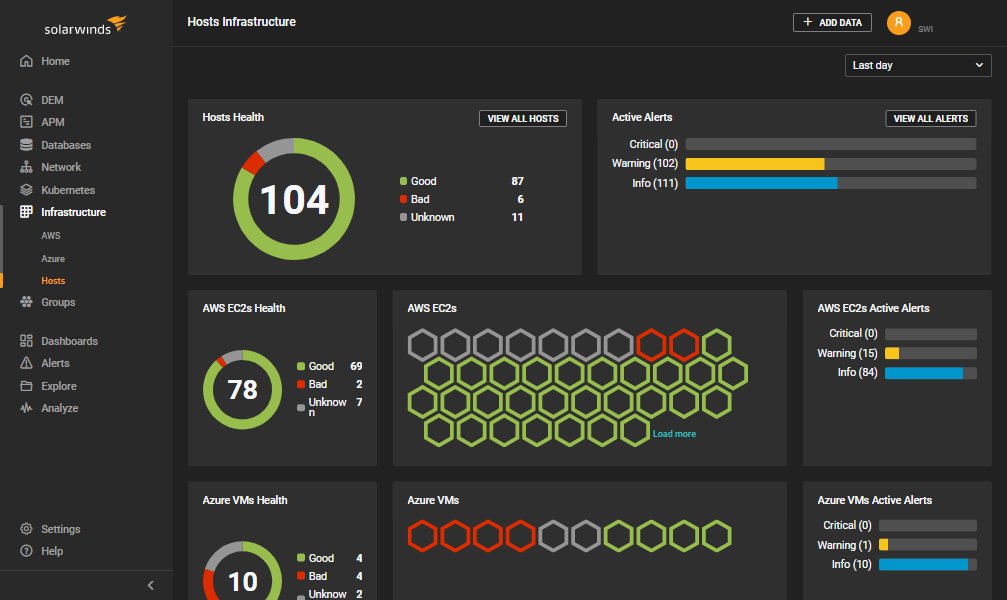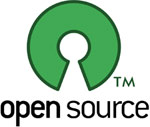Internet 2009 in numbers


What happened with the Internet in 2009?
How many websites were added? How many emails were sent? How many Internet users were there? This post will answer all of those questions and many more. Prepare for information overload, but in a good way. 😉






 Now here’s an interesting piece of information.
Now here’s an interesting piece of information.  DNS, the Domain Name System, is one of the major pillars of the Internet. It’s a critical service, and without it we would all have to use IP addresses instead of handy domain names like “Pingdom.com” when we want to visit websites, send emails, and so on.
DNS, the Domain Name System, is one of the major pillars of the Internet. It’s a critical service, and without it we would all have to use IP addresses instead of handy domain names like “Pingdom.com” when we want to visit websites, send emails, and so on. On most social networks, you have to create a username when you sign up. Not only that, that username has to be unique, no duplicates allowed. Facebook on the other hand just takes your real name, no username, and it doesn’t matter if there’s someone already on the site with the same name as yours.
On most social networks, you have to create a username when you sign up. Not only that, that username has to be unique, no duplicates allowed. Facebook on the other hand just takes your real name, no username, and it doesn’t matter if there’s someone already on the site with the same name as yours. Have you ever wondered about those key moments in time that made open source software such an immense success story? We just did, and here below is our list.
Have you ever wondered about those key moments in time that made open source software such an immense success story? We just did, and here below is our list. PageRank (PR) was Google’s original secret weapon, a scale that would rank websites based on incoming links and where those links came from. Although its relevance has arguably faded a bit over the years as Google has added more and more criteria to site rankings, it still goes hand in hand with SEO and every webmaster out there wants to have a high PR.
PageRank (PR) was Google’s original secret weapon, a scale that would rank websites based on incoming links and where those links came from. Although its relevance has arguably faded a bit over the years as Google has added more and more criteria to site rankings, it still goes hand in hand with SEO and every webmaster out there wants to have a high PR. According to a new data center survey, Windows-based servers are more than twice as common in the enterprise as Linux servers.
According to a new data center survey, Windows-based servers are more than twice as common in the enterprise as Linux servers. Some sites are utterly addictive. You return to them often, and when you do, you tend to stay there for a good while, visiting different pages, viewing interesting content. In a word, the site is engaging.
Some sites are utterly addictive. You return to them often, and when you do, you tend to stay there for a good while, visiting different pages, viewing interesting content. In a word, the site is engaging. The launch of the social news site Digg in 2004 was the perfect example of a good idea at the right time. That was the year the term “Web 2.0” started being thrown about to describe the rise of new web technologies that allowed for more interactive sites, and an increased focus on user collaboration. Back then, the notion of a news site that was driven almost entirely by users was completely new and innovative, and Digg quickly rose in popularity. It sparked the rise of many similar social news sites, and was also the beginning of founder Kevin Rose’s move from television personality to web entrepreneur.
The launch of the social news site Digg in 2004 was the perfect example of a good idea at the right time. That was the year the term “Web 2.0” started being thrown about to describe the rise of new web technologies that allowed for more interactive sites, and an increased focus on user collaboration. Back then, the notion of a news site that was driven almost entirely by users was completely new and innovative, and Digg quickly rose in popularity. It sparked the rise of many similar social news sites, and was also the beginning of founder Kevin Rose’s move from television personality to web entrepreneur.  With 2010 upon us, it seems like we know what to expect from most players in the smartphone market. Apple will iterate on the iPhone to compete with the bleeding edge Android phones (and possibly give us a 3G enabled tablet in the process), we’ll see more Android phones than ever come out, and Microsoft is due to roll out Windows Mobile 7 at some point. But we’ve yet to hear much about 2010 from the company that arguably garnered the most smartphone buzz in early 2009: Palm.
With 2010 upon us, it seems like we know what to expect from most players in the smartphone market. Apple will iterate on the iPhone to compete with the bleeding edge Android phones (and possibly give us a 3G enabled tablet in the process), we’ll see more Android phones than ever come out, and Microsoft is due to roll out Windows Mobile 7 at some point. But we’ve yet to hear much about 2010 from the company that arguably garnered the most smartphone buzz in early 2009: Palm. The world of search is moving quickly, with promises of big advances in 2010.
The world of search is moving quickly, with promises of big advances in 2010. If you are a webmaster and you have an iPhone then prepare yourself, because here is a list of ten of the very best iPhone apps for webmasters. These apps will help you to manage your website, on the go and with ease. Best of all these apps are free to download. With the exception of Chartbeat and Analytics Agent Lite, these apps are fully functional versions, and each is useful in its own unique way.
If you are a webmaster and you have an iPhone then prepare yourself, because here is a list of ten of the very best iPhone apps for webmasters. These apps will help you to manage your website, on the go and with ease. Best of all these apps are free to download. With the exception of Chartbeat and Analytics Agent Lite, these apps are fully functional versions, and each is useful in its own unique way.
 Do you have a website? Do you like knowing that it’s working ok? Pingdom exists for this very reason, to alert you when your site has downtime, so you can fix it. With this in mind we have released a new application that we call the Pingdom Desktop Notifier, which sits in your Windows system tray.
Do you have a website? Do you like knowing that it’s working ok? Pingdom exists for this very reason, to alert you when your site has downtime, so you can fix it. With this in mind we have released a new application that we call the Pingdom Desktop Notifier, which sits in your Windows system tray.
 Now that this decade is coming to an end, we thought it would be a good time to list the very worst Internet disasters that happened between 2000 and 2009. And believe us, there have been some really big ones. Some you may remember, and some may be new to you, but they all affected a huge amount of Internet users.
Now that this decade is coming to an end, we thought it would be a good time to list the very worst Internet disasters that happened between 2000 and 2009. And believe us, there have been some really big ones. Some you may remember, and some may be new to you, but they all affected a huge amount of Internet users. Pingdom’s management team recently visited Boston, USA, for some meetings. On their way back they had some time left over at the airport and decided to get some work done. Nicely enough, Google is currently offering everyone
Pingdom’s management team recently visited Boston, USA, for some meetings. On their way back they had some time left over at the airport and decided to get some work done. Nicely enough, Google is currently offering everyone  The World Wide Web has promised a lot over the years. Thus far, some of those promises have been fulfilled, but there have also been disappointments. One area that I feel has been consistently disappointing in recent years is the promise of newer, more powerful, and more useful file formats. I’ll take a look at three of these: SVG, JPEG 2000, and MNG, below.
The World Wide Web has promised a lot over the years. Thus far, some of those promises have been fulfilled, but there have also been disappointments. One area that I feel has been consistently disappointing in recent years is the promise of newer, more powerful, and more useful file formats. I’ll take a look at three of these: SVG, JPEG 2000, and MNG, below.




















